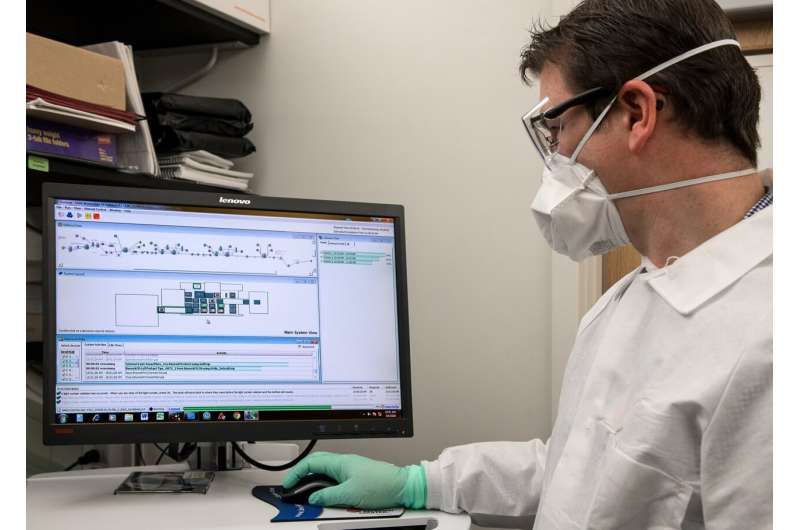eugene meckley allied roofing


Clinical decision support (CDS) tools are electronic systems that take information in patients’ electronic health records and make suggestions to clinicians about how to care for patients. These tools can, for example, see that a patient’s blood pressure is high, send the doctor a notification to flag that, and suggest a response, such as prescribing medication. In a paper published May 25, 2022, in The BMJ.
Yuan Lu, phenergan 6.25 5ml ScD, an epidemiologist and assistant professor at Yale School of Medicine, and colleagues reviewed the literature on CDS tools for cardiovascular care. The tools have room for improvement, found Lu and coauthors, writing in their abstract: “To date, the promise of CDS delivering scalable and sustained value for patient care in clinical practice has not been realized.”
“There’s evidence to show clinical decision support has a positive effect on the process outcomes such as prescribing a medication, ordering some clinical tests,” Lu said. “But the effect on the clinical outcomes, such as blood pressure, cardiovascular event reduction, those kinds of clinical outcomes, has been mixed,” she added.
The authors note that across medicine as a whole CDS tools have had only small effects on patient care and that until now, there had been no literature reviews examining how CDS tools affect cardiovascular care and barriers encountered during the implementation of CDS in particular. In their paper, Lu, as well as Ted Melnick, MD, MHS, associate professor of emergency medicine and of biostatistics, and Harlan Krumholz, MD, SM, professor of medicine (cardiology) and director of the Center for Outcomes Research and Evaluation (CORE), set out to fill that gap.
Lu and colleagues identified a total of 77 studies, including 19 observational studies and 58 randomized controlled trials, of how CDS tools affect the care of cardiovascular disease. The researchers analyzed the effects of CDS tools in two main areas: healthcare process outcomes, such as whether doctors prescribed medications or referred patients to specialists; and clinical outcomes, or whether the use of CDS tools was linked with improved cardiac health.
Of the randomized controlled trials, 45 examined the effects of CDS tools on healthcare process outcomes. Of those, 23 studies found that the use of CDS tools improved healthcare process outcomes, leading doctors to more often take actions recommended by the tools. Process-related improvements do not necessarily mean better outcomes for patients, Lu noted.
Other studies included in the review did look at patient outcomes. Of the 41 studies that examined the effects of CDS tools on clinical outcomes, 10 reported that the tools were associated with improvements for patients. Seven studies reported that CDS use correlated with reduced levels of cardiac risk factors, such as LDL (“bad”) cholesterol. Yet the other 31 studies reported no association or a mixed association between CDS tool use and cardiac health outcomes.
A major barrier to use of these tools is that they are not well integrated into clinicians’ workflow, the authors found. For example, primary care physicians already have a lot to do during brief appointments. A CDS tool that demands attention in a way that’s not helpful is “an additional burden,” Lu said. “So due to the time strain, many clinicians try to ignore the CDS tool or ignore the alert.”
Clinicians often ignore alerts. For example, in one study the authors reviewed, physicians received a total of 3,848 popup boxes with notifications. Of those, doctors expanded only 188 (5%) to reach the point where they could see the CDS tool’s suggestion.
Despite these mixed findings, Lu still has faith in the potential of CDS tools. “I am a strong believer that if the CDS are integrated with electronic health record and clinical workflow, it holds high promise to deliver high quality care and impact patient outcomes. It is just that we are not there yet,” Lu said.
Source: Read Full Article